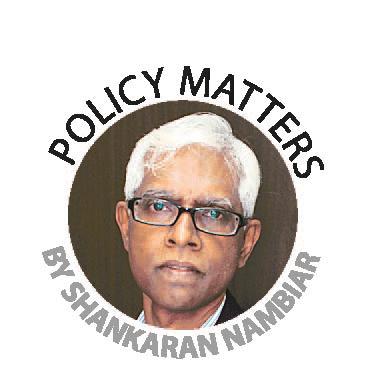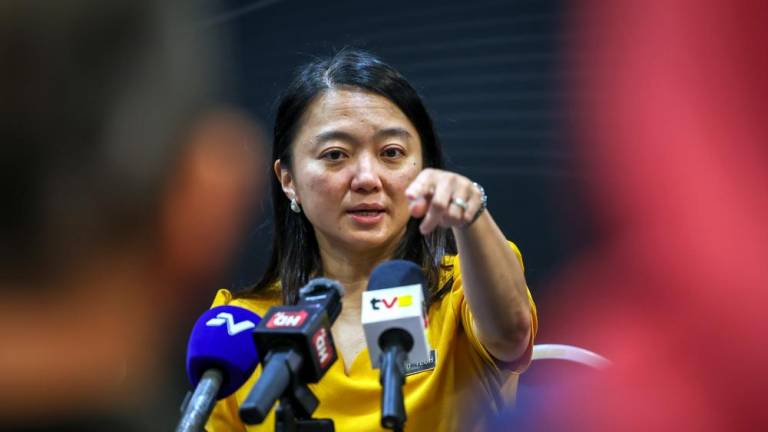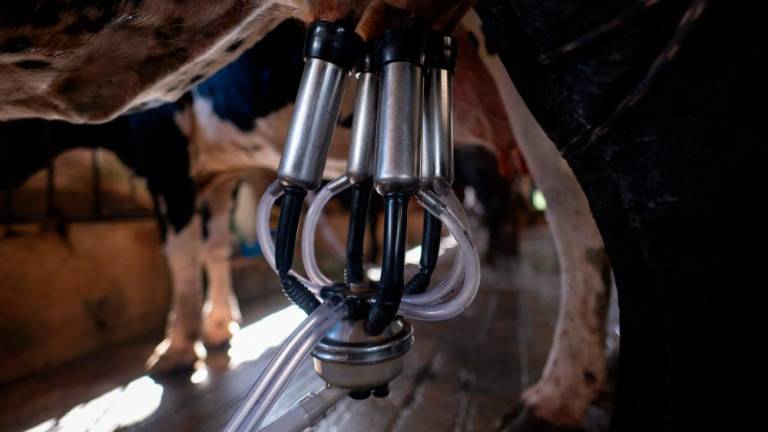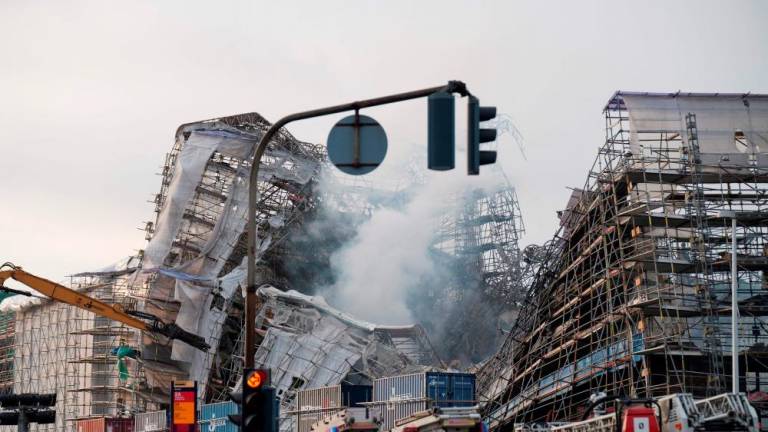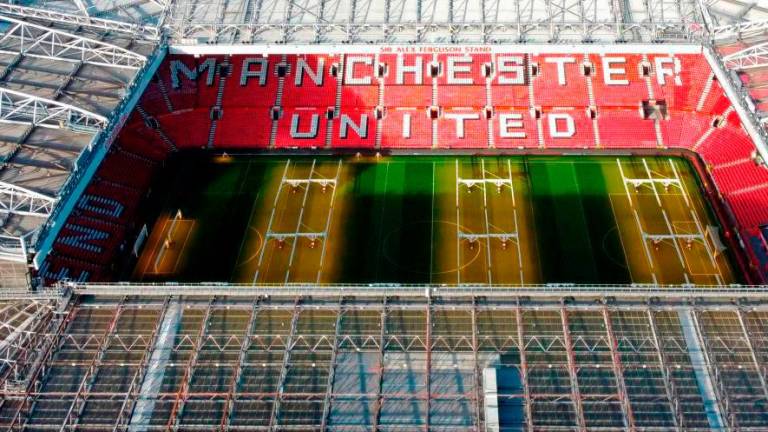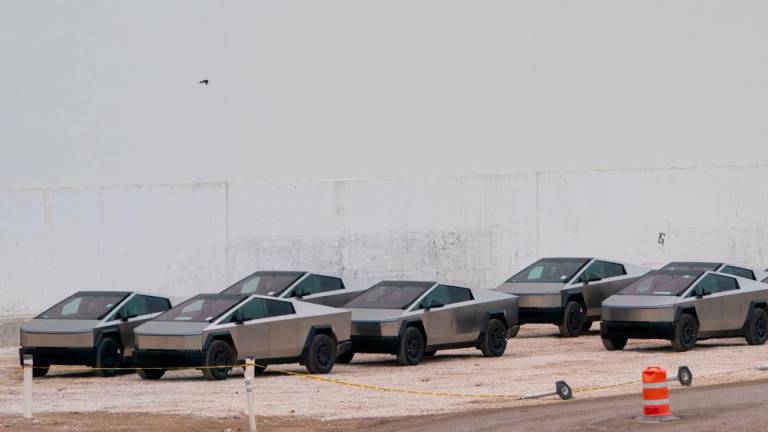THE Malaysian economy was not at its most vibrant in 2019. Observers held their breath in silent expectation, hoping the economy would roar aggressively, or at least offer promise of stronger direction and create more optimistic expectations.
The year is not expected to deliver much in terms of growth rates. The third quarter offered a disappointing 4.4%. The year as a whole is expected to chalk no more than 4.6% for Malaysia.
By comparison, the ADB forecasts that other Asean countries would do better for 2019: Indonesia at 5.1%, with higher performances for the Philippines (6.2%) and Vietnam (6.5%).
Of course, these countries are at a lower stage of economic development, but the comparison is merely a reminder that Malaysia is not the sole destination for trade and investment.
The Malaysian stock market, as indicated by the FTSE KLCI, has also been performing poorly. In April 2018 the KLCI was 1,865, but in early December 2019 it stood at 1,564 points, threatening to fall to 1,550. However, the KLCI climbed to 1,615 by Dec 30, 2019.
The ringgit has also not been performing spectacularly, if compared to the early months of 2018, when the US dollar was traded for around RM3.86.
But that may not be the fairest of comparisons since the anxieties surrounding the US-China trade war were not at their height in early 2018.
Trade, however, did very well. Malaysia’s trade surplus from January to September increased by 15.3% and amounted to RM100.9 billion. For the same period in 2018, the trade surplus was RM87 billion. The trade surplus for October was equally strong, surpassing that in the previous year.
The US-China trade war occupied considerable space in local debates. It was generally felt that the trade war would benefit Malaysia if prolonged, though not as much as Vietnam since Malaysia cannot compete on the basis of the cost structure.
It was also felt that the restructuring of global value chains and the relocation of investment would work in Malaysia’s favour. This seems to have been backed by some empirical evidence.
FDI approvals across all sectors rose to RM49.5 billion in the first half of 2019, representing a 97.2% increase from RM25.1 billion in the same period last year.
The manufacturing sector, in particular, was a beneficiary, since FDI rose by 74.2% to RM33.1 billion compared to RM19 billion a year ago.
The United States was the biggest source of approved manufacturing FDI (RM11.7 billion), followed by China (RM4.8 billion), Singapore (RM3.1 billion) and Japan (RM2.1 billion).
The Vistage-MIER CEO Confidence Index for 4Q 2019 closed at 85.3, falling to a four-year low, as released in the Edge two weeks ago. The index for current economic conditions stood at 63 points indicating CEO’s lack of confidence in prevailing circumstances. Almost half the respondents felt the economy had worsened in recent months.
The V-M CEO Confidence Index represents a slice of the environment. It can be argued that the index only captures the sentiments of CEOs of small and medium-sized businesses.
There is a pessimism that pervades the environment and this index is one of several splashes of paint that colour the current lack of confidence and what could be an equally grey future.
Is there, then, a counter narrative that will add some confidence to sentiments, that will spin the animal spirits that are in a state of slumber, that will raise the aspirational bar?
If there is anything that ails the economy, it is, possibly, the absence of any such compelling counter-narrative that plagues the economy.
There is no doubt that the previous regime had created several serious problems, high debt being the primary issue. Blame should be given where due, but to wallow in blame does not boost confidence; it does not light the way ahead.
There is, therefore, a sense that there is a lack of forward guidance.
We have gone through a cycle of industrialisation projects in the 1990s, that include the subsidised national car project and other heavy industrialisation projects, which may have not been successful in commercial terms.
This has led to cynicism and the demand for a sterner set of evaluative criteria which makes it difficult to warmly and unquestioningly receive the Third National Car Project, the 5G rollout and the IR4.0 initiative.
There is scepticism about the projects that supposedly look into the future. It is not clear if the government understands the implications of IR4.0 and what it means for SMEs since many companies may have not fully realised even the potentialities of IR3.0. Neither do they have the resources or willingness to invest in R&D.
While cynicism is not the most positive of responses, it brings along with it a questioning attitude and a healthy scepticism that cannot be disregarded.
Meanwhile old questions regarding the high cost of living, the affordability of housing, healthcare financing, the state of education and the need for upskilling remain unanswered.
Dr Shankaran Nambiar is head of research at the Malaysian Institute of Economic Research. He is author of the recently published book, Malaysia: At the Edge of Transformation.




